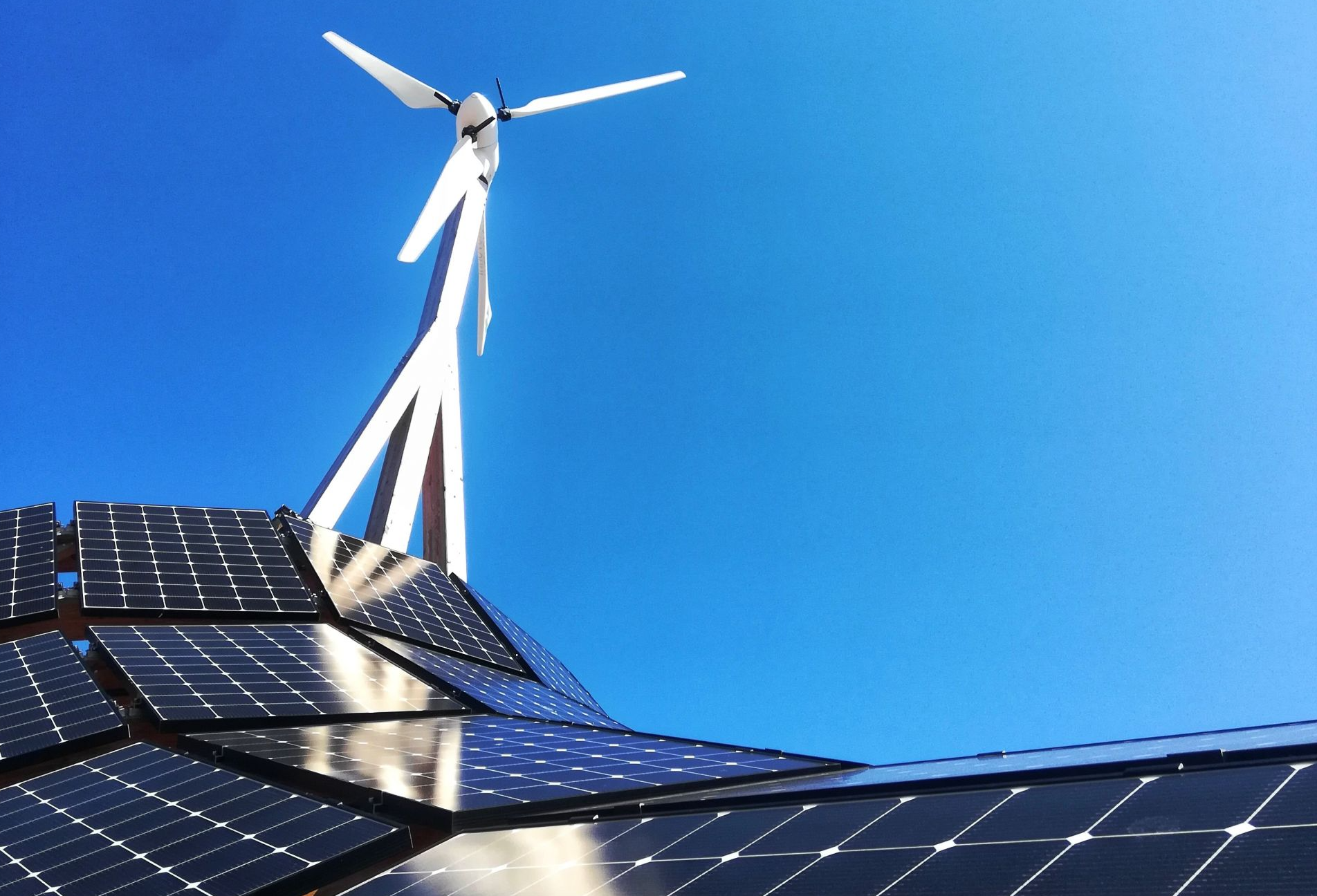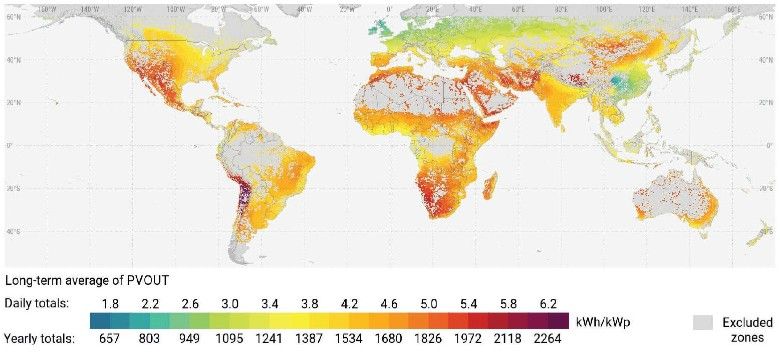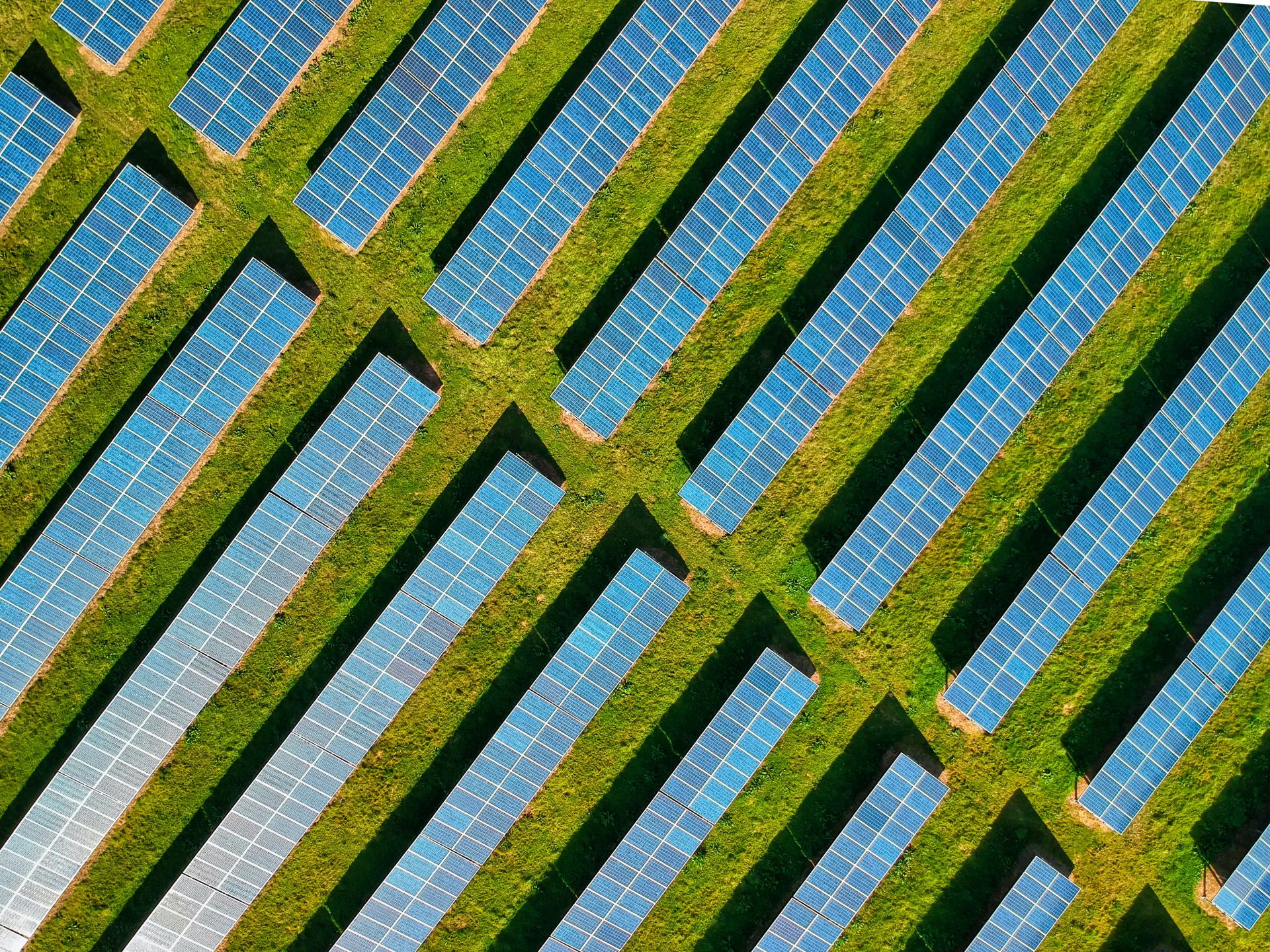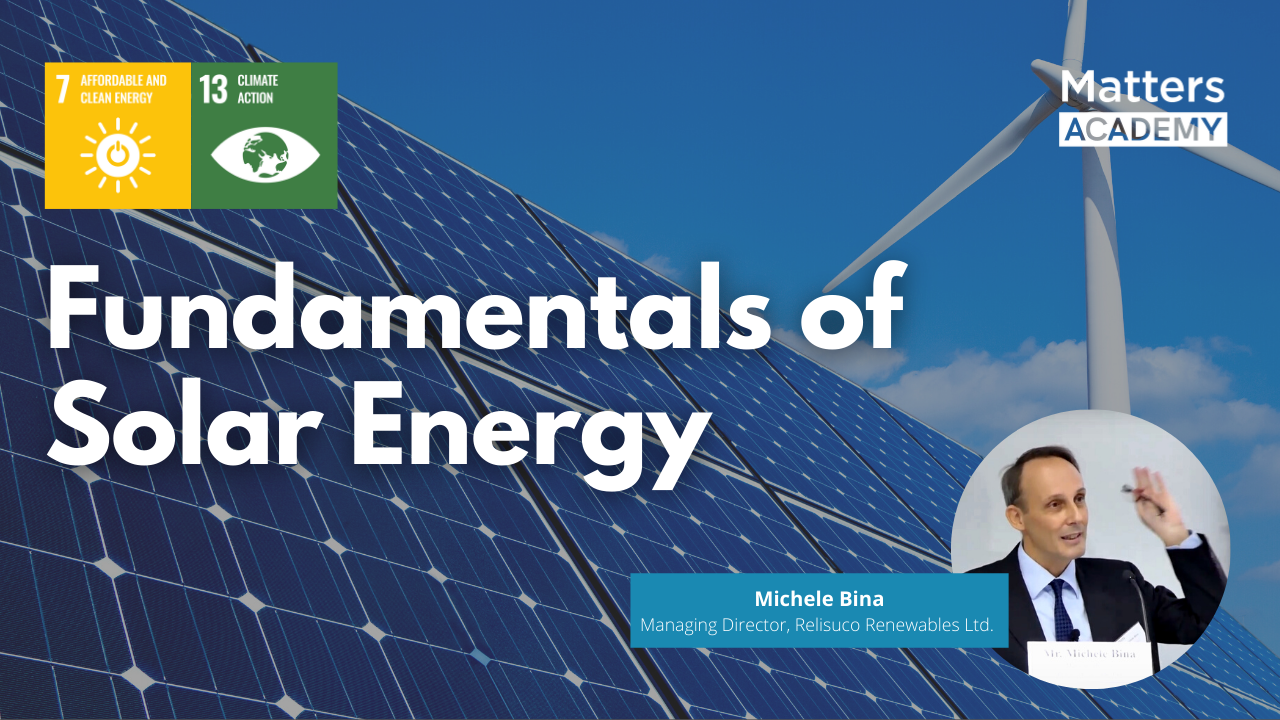When we talk about sustainability, one of the first things that come to mind is renewable energy. Not only are companies investing in wind and solar farms, but self-sufficient homes have also been popping up all over the place, with their own solar panels and wind turbines installed right on their roof.
Renewable energy and electrification can account for 75% of the energy-related carbon dioxide emission reductions needed, according to IRENA. Renewable energy is key for decarbonization, and this realization has transformed wind and solar power from one of the most costly energy sources into some of the cheapest.

While wind and solar power is necessary to achieve global carbon neutrality goals, renewable energy still remains a luxury for many. According to BloombergNEF, two-thirds of the world's solar panels and wind turbines belong to the five biggest economies - the U.S., China, Japan, Germany, and the U.K.
Interestingly, many of the countries with the most solar power are some that receive the least sunshine. Despite Denmark having one of the lowest solar generation potentials according to the World Bank, it has twice as many solar panels as Algeria, which has 70% more solar generation potential. Countries in the Middle East and Africa have some of the highest solar generation potentials, but some still live without electricity.

Researchers have identified this uneven distribution of solar power as a big challenge for the worldwide energy transition. Some of the sunniest places in the world that could potentially power the world are lacking the panels needed to do so. While this disparity is also observed in wind power, wind potential is more difficult to measure and track. While solar panels can be easily installed anywhere from rooftops of buildings/houses to agrivoltaic facilities, wind turbines require more open space, even though some companies have been overcoming this with offshore wind farms at sea.

Renewable energy is the future of electricity generation, with solar power likely being the principal source. Be that as it may, we still have to solve the equity problem in solar energy. It is pivotal that we find a solution to boost solar generation in the regions with the most sunlight, from bringing solar panels to these regions to building the infrastructure to support it.
Sources:
- Energy Sector Management Assistance Program. (2020). Global photovoltaic power potential by country. World Bank. https://documents1.worldbank.org/curated/en/466331592817725242/pdf/Global-Photovoltaic-Power-Potential-by-Country.pdf
- IRENA. (2019, April 9). How to Transform Energy System and Reduce Carbon Emissions. https://www.irena.org/DigitalArticles/2019/Apr/How-To-Transform-Energy-System-And-Reduce-Carbon-Emissions
- Mathis, W., Murtaugh, D., & Murray, P. (2022, March 28). Clean Power Isn’t Reaching Those Who Need It Most. Bloomberg.
https://www.bloomberg.com/graphics/2022-wind-solar-maps-renewable-energy-equity-data/ - United Nations. (2018, October 16). Renewable Energy Sources Cut Carbon Emissions, Efficiently Increase Electricity Output Worldwide, Delegates Say in Second Committee. https://www.un.org/press/en/2018/gaef3501.doc.htm
Fundamentals of Solar Energy
The rising concern for reaching global net-zero has led to conversations and discussions on the essential adoption of renewable energy; an increasingly accessible type of renewable energy is solar energy.
In this series, the speaker will share an introduction to the topic of energy before taking a more extensive look into renewable & solar energy and its importance to achieving a sustainable future.
In this series, the speaker will share an introduction to the topic of energy before taking a more extensive look into renewable & solar energy and its importance to achieving a sustainable future.


